What is a tech company?
Suggested by Dom Hallas, executive director of Coadec.
At Coadec, we help represent tech startups to Government. But what even is a tech company anyway? It’s something we wrestle with a lot. From the young entrepreneur I met ‘selling dreams’ (he was actually selling skiing holidays) to the story that a lot of Europe's AI startups weren’t using any AI, there’s now a vibrant debate about how to define the boundaries of the tech sector (sparked by the recent WeWork IPO debacle).
This is something that our friend Nicolas Colin, co-founder and director of The Family has tried to answer. He suggests:
Its business model is marked by increasing returns to scale, sustained thanks to supply-side economies of scale, strategic positioning, built-in network effects, and supply-side platform effects.
Its main strategic goal is to provide its users with an exceptional experience, as it’s the only way to inspire trust and retain those users that are so critical for sustaining increasing returns.
It collects user-generated data on a regular and systematic basis — which enables it to constantly improve the experience and, again, sustain increasing returns.
Benedict Evans of A16z, Ben Thompson and Christopher Mims in the WSJ are also trying to answer this elusive question.
The inside story of building a digital nation
Suggested by Philip Salter, founder of The Entrepreneurs Network
Estonia’s innovations in governing have been a big idea for over two decades – one that has undergone multiple iterations.
Starting with a blank slate in a country with limited internet, just collecting the data was ambitious enough. Upon this they built e-tax, X-Road (the open source distributed data system that Finland, Iceland and the Faroe Islands now also use), their ID card, i-voting, e-health and e-residency, which provides anyone anywhere in the world with the opportunity to establish a business remotely.
Earlier in the year, Taavi Kotka, former CIO of Estonia and Toomas Hendrik Ilves, Estonia’s president from 2006 to 2016, shared their views on what made Estonia so successful. When asked about the incredibly low budget, Kolta quips: “If you don’t use Accenture or McKinsey, you’d be amazed at what you can get done.”
All interactions are logged on X-Road, but the X-Road system is designed to allay privacy concerns by being totally transparent. “We had one famous case where a systems administrator with the police abused her authority. She checked up on her boyfriend. The police are not allowed to do this. She was fired and convicted of a felony,” says Ilves.
Many countries claim that copying Estonia is too hard due to legacy issues. But surely not as hard as successive Estonian governments building these systems from scratch.
People versus machines in the UK
Suggested by Sam Dumitriu, research director of The Entrepreneurs Network
Just over a month ago, Chancellor Sajid Javid announced bold plans to raise the UK’s minimum wage to £10.50, the highest in the developed world. It’s part of a dramatic change in the UK labour market. As Tim Harford writes: “When the minimum wage was first introduced in the UK in the late 1990s, only a few hundred thousand workers were paid it. Last year, 2m workers received the minimum wage.”
One under-discussed aspect is the impact of minimum wages on automation. As minimum wages become higher, firms may be tempted to automate jobs typically performed by low-skilled workers. There’s a risk point to moving too fast, as Harford again states: “Once a minimum wage rises too far, and the new machine is installed or the factory is moved offshore, reversing the policy will not easily bring the old jobs back.”
A new study by the LSE’s Grace Lordan looks at the impact of recent minimum wage rises in the UK on automation. She finds that “a 10% increase in the minimum wage leads to a 0.11 percentage point decrease in the share of automatable jobs done by low-skilled workers.” Relatively modest, you might say, but as ever it’s more complicated.
There’s been “a stronger effect over the last decade and a half which is roughly double in size, implying that the importance of the interaction between the minimum wage and automation has been accelerating.” She concludes: “while the effects found in this study are modest, they should not be used to predict the future. Rather, monitoring of these trends, and ensuring that low skilled low wage individuals are not unduly hurt by the advent of the 4th industrial revolution is a key role for government and social science researchers.”
Sign up for Three Big Ideas here.

